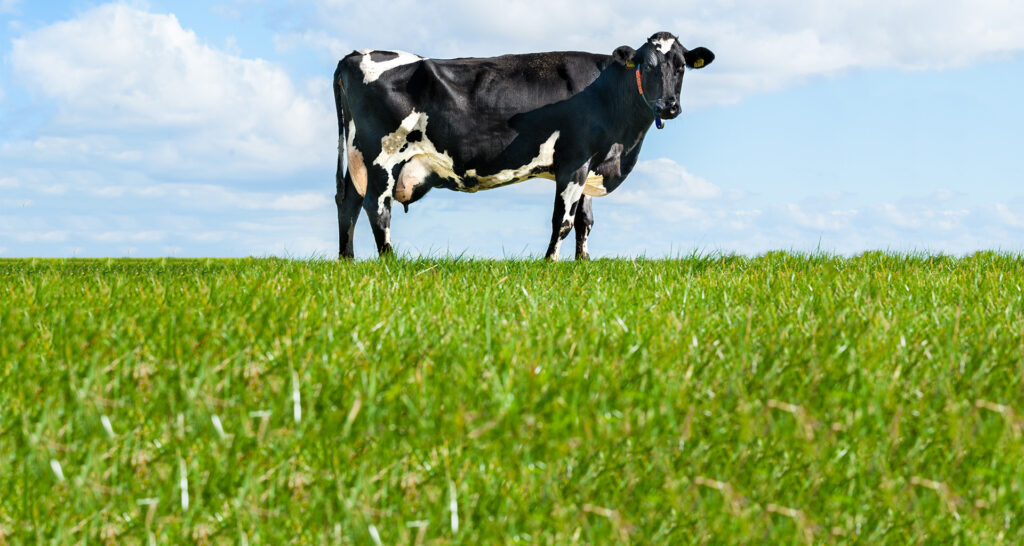
Rabobank lowers its 2023 milk production forecast. Milk production from the Big 7 export regions is anticipated to grow by 0.3% YOY in 2023. The downgrade from last quarter’s estimate of 0.5% is driven by reductions in most key global regions, including the US, EU, and New Zealand. Into 2024, output is expected to climb by 0.4%, far less than the 1.6% annual average gain from 2010-2020.
Milk production is quickly increasing towards the seasonal peak in Oceania, with a keen focus on milksolids output in New Zealand. Farmers in the region are stressed following significant milk price forecast reductions from Fonterra and other processors, pressuring margins as production costs remain elevated. Total season output is expected to be lower, driven by the weak milk price, with the October peak watched closely in the market.
In the Northern Hemisphere, fewer cows and lower yield mean US output will struggle to achieve gains throughout the second half. Flat-to-lower EU volume is expected in upcoming months against strong prior-year comparables.
China’s dairy demand recovery has not, to date, offset strong domestic milk production growth. Milk production growth will slow into 2H 2023 and 2024, but a complete market rebalance is not expected in the near term.
New Zealand’s search for markets outside of China, has a domino impact. EU WMP has not been price competitive in global markets for some time. More recently, EU SMP (and FFMP) exports have faced more competition in markets that traditionally lean more towards European suppliers, especially during New Zealand’s low season. This could result in more milk being allocated to cheese, away from SMP and butter.
The domino impact continues to South America. Lower Oceania dairy product prices have made Argentina- and Uruguay-sourced product less competitive in North Africa and other regions. Shipments to Brazil, where they have a competitive advantage as part of Mercosur, have increased. However, lower milk prices in Brazil are adding political pressure for Brasilia to consider import restrictions from its southern neighbors.



